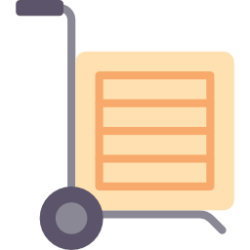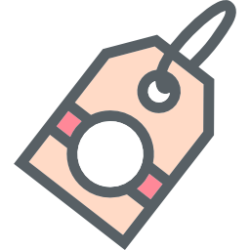If They Don’t Buy Now Help Them to Buy in the Future

Why?
Most people who show interest in what you are selling won’t buy from you right now. Some of them, however, might in the future.
How?
When their behavior indicates they are not going to buy from you now, get them to commit to doing it in the future. They are more likely to think about such a future commitment in abstract terms such as “I should do this” (if they are convinced they should, because of their views about themselves), and would commit more quickly. When you ask them to commit now, they will approach it in a more practical way like “I can’t buy this now, I don’t have time for it.” This is especially true if they know that what you are selling is good for them but for some reason, it is difficult for them to do it (like eating healthy or exercising.)
Get Them to Consume or Use the Product They Bought So They Get Results and Come Back for More

Why?
One of the biggest problems in selling a product – especially one that needs some commitment like physical training or adult education – is getting them to use the product they bought. If they don’t, it decreases the chance of a repeat purchase in the future.
How?
When they buy the product (online or offline), ask them four questions. The first is to elicit a commitment to use the product – you need them to say yes. It might go like this: “Will you start doing the first exercise immediately when you get the product delivered?” The next three questions are to force them now to make and commit to a future plan. These might be something similar to these: “Where at home will you exercise with this product? At what time will you exercise daily? What will you wear?” These will make them make a plan now, and commit to doing it in the future (when they receive the product), and increase the chances they’ll do it.
Get an Instant Boost When You Want to Quit

Why?
If you are doing something hard (but good for you, like finishing the run, writing a chapter for your book, studying for tomorrow’s exam, etc.) there comes a moment when you want to quit.
How?
An app that has only one function: when you feel you are about to quit, press the button, and you will hear a version of the following: “a bit later, I’ll stop in a little while.” Putting off something into an undefined but near future usually means you’ll never do it. It’s like harnessing procrastination to your benefit – helping you not stop doing what you need to do.
Get More Opt Ins

Why?
Whether you want them to opt-in to your email list, or a continuity program, a higher and more committed opt-in rate is desirable.
How?
Don’t use forced continuity (lots of refunds, complaints, payment processors don’t like it, etc.), or opt out. In both cases, you have one option that is checked. This is not as strong because it is a passive decision by the customer, and he is not making any real commitment to this choice (and he will opt out quite quickly.) Instead, give him two options to choose from. By making him “declare” his choice, he will have a higher degree of commitment. To further enhance this, also show him what he’ll lose by making the wrong choice, for instance: “Yes I need continuous help and today I will get the monthly membership for 30% less” and “No I never need any help, and I don’t mind losing the special 30% discount price and paying 50% more when I do need it and want to join.”
A Calculator for Marketers to Make Sure Customers Pick the Price Option You Want to Sell

Why?
Presented with two price options, customers tend to (mostly) choose the lower price. Introducing a third price option that is higher than the two previous ones will make most customers choose the upper option of the first two. How do you know how to price these option for optimal success?
How?
A calculator (app or online), where you input the price you want most customers to choose, and will get in return two other prices, a lower one, and a higher one. These, when used properly, will influence most customers to choose the price you want (middle one.) You’ll also get ideas how to package the different price options for maximum effect.
